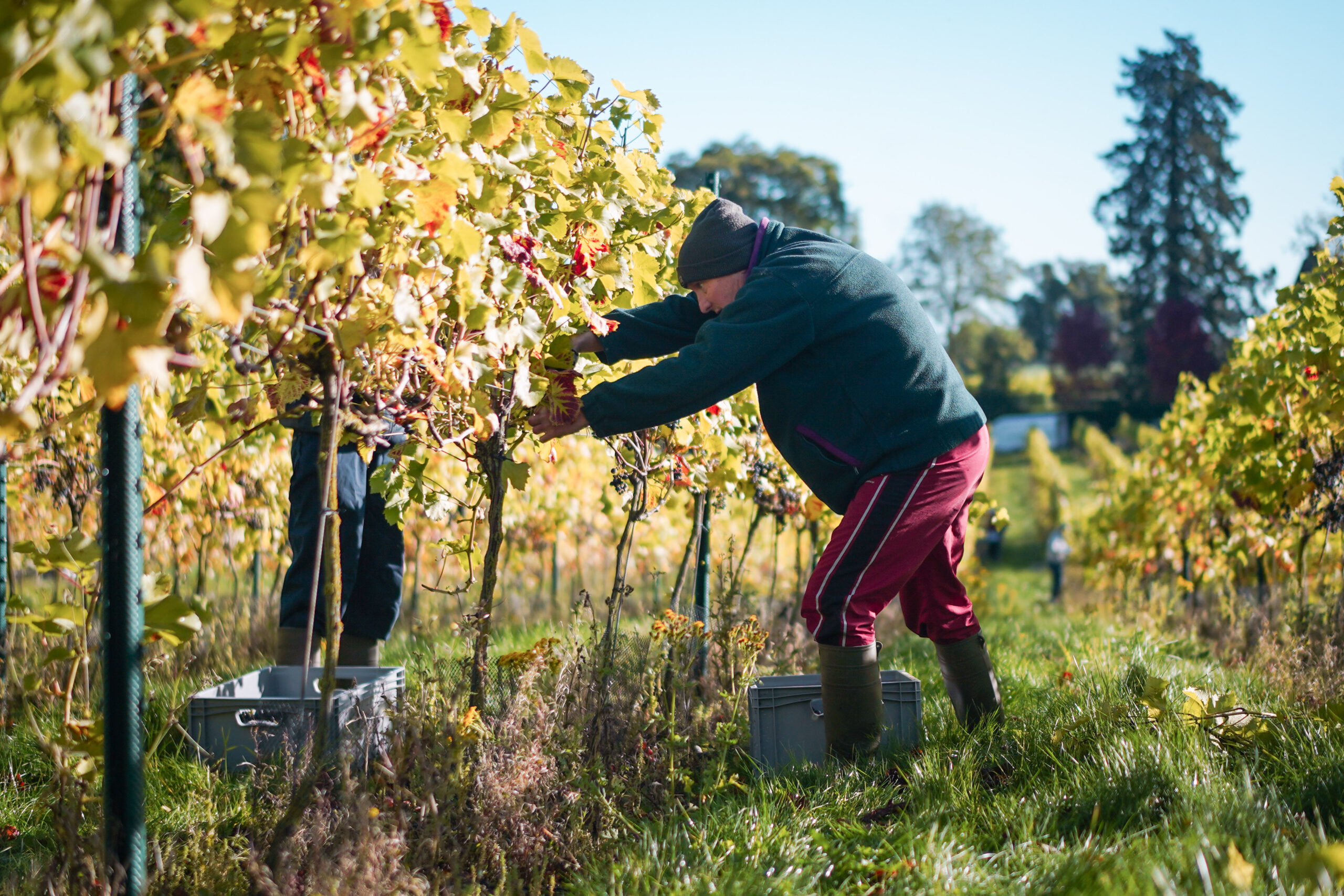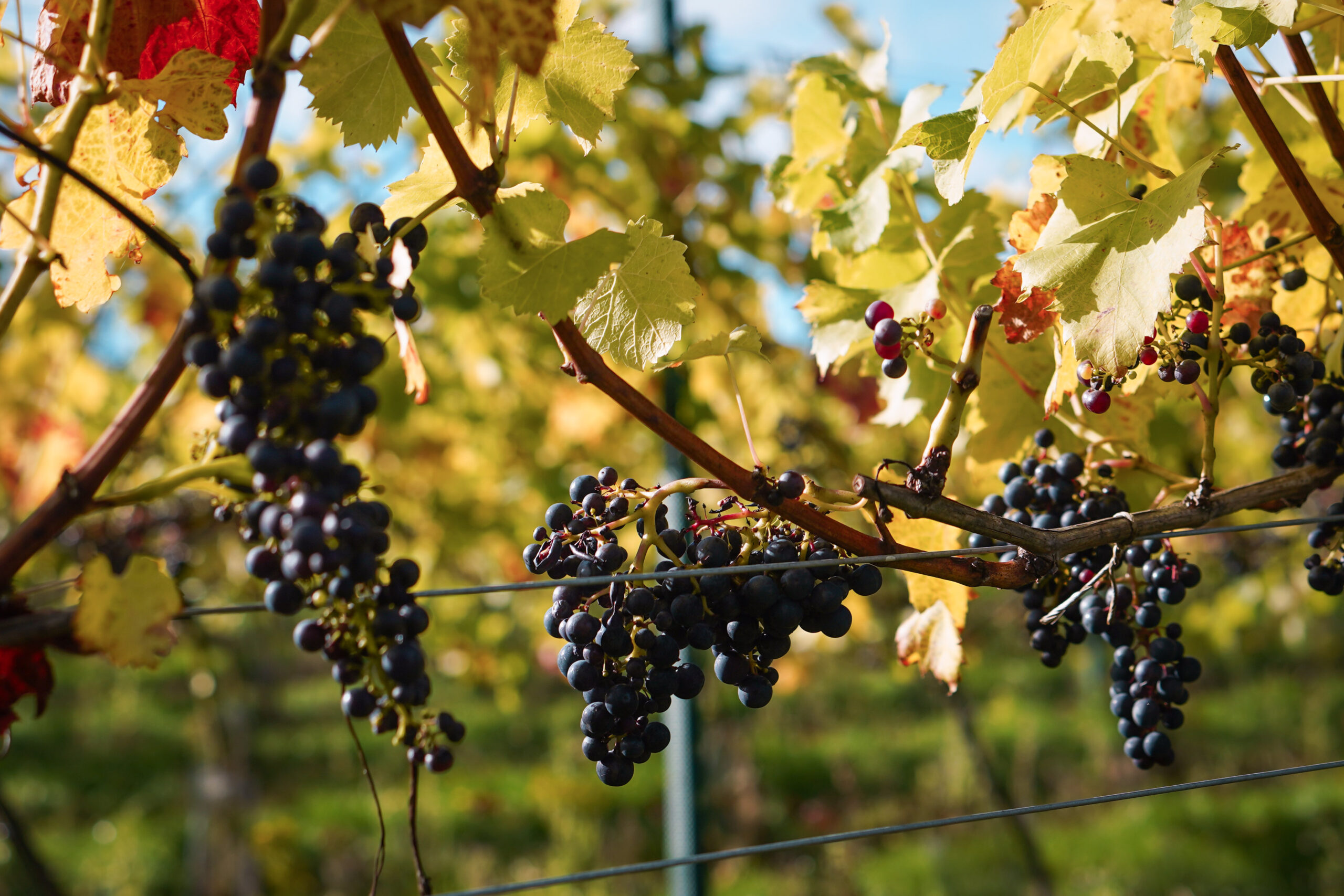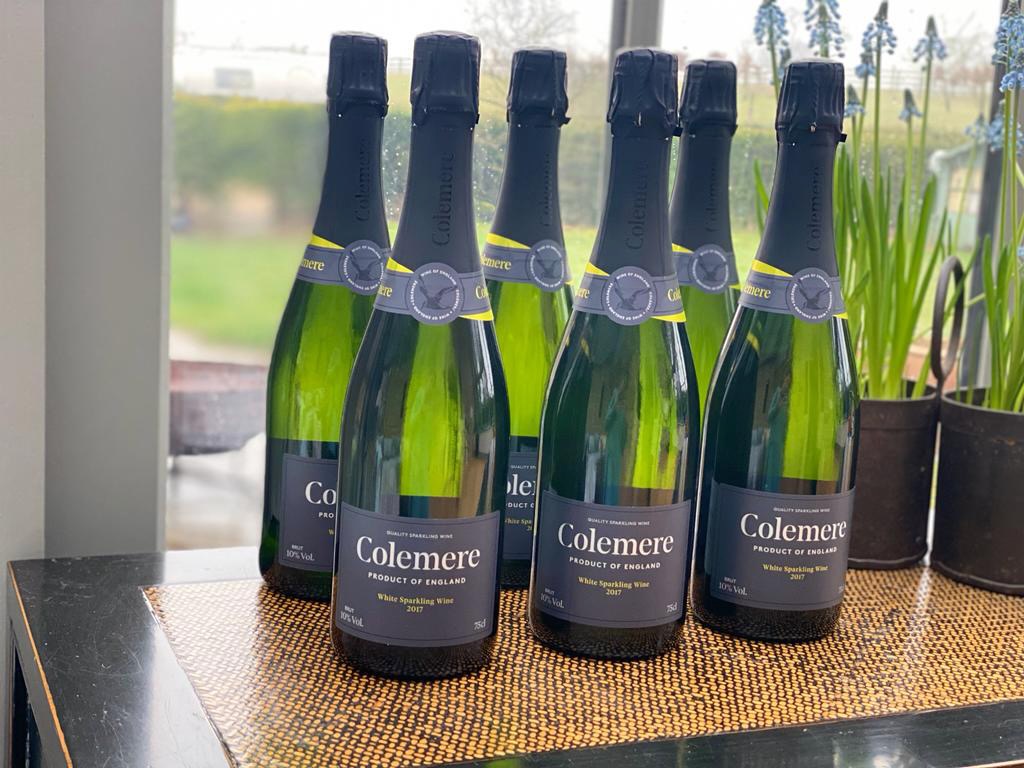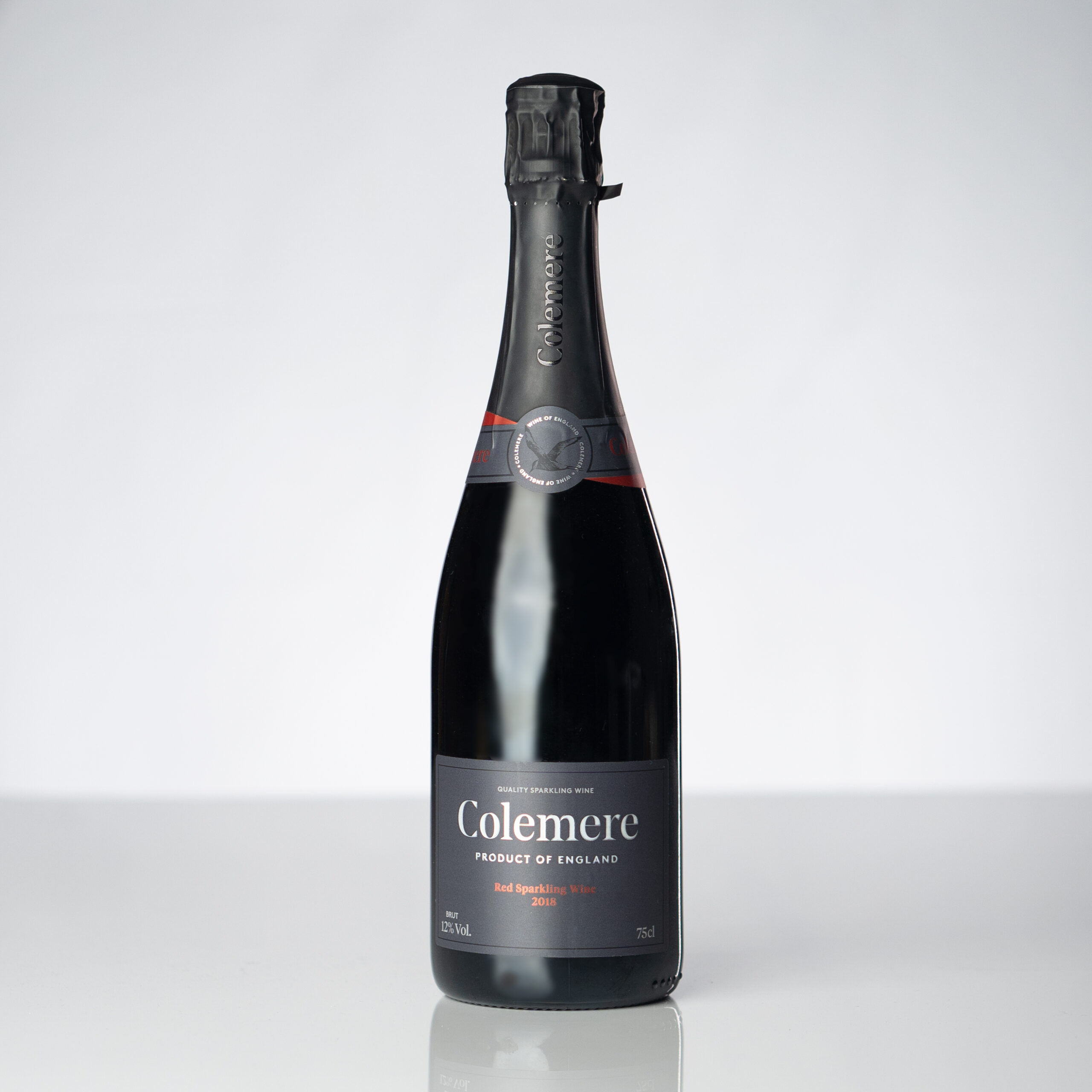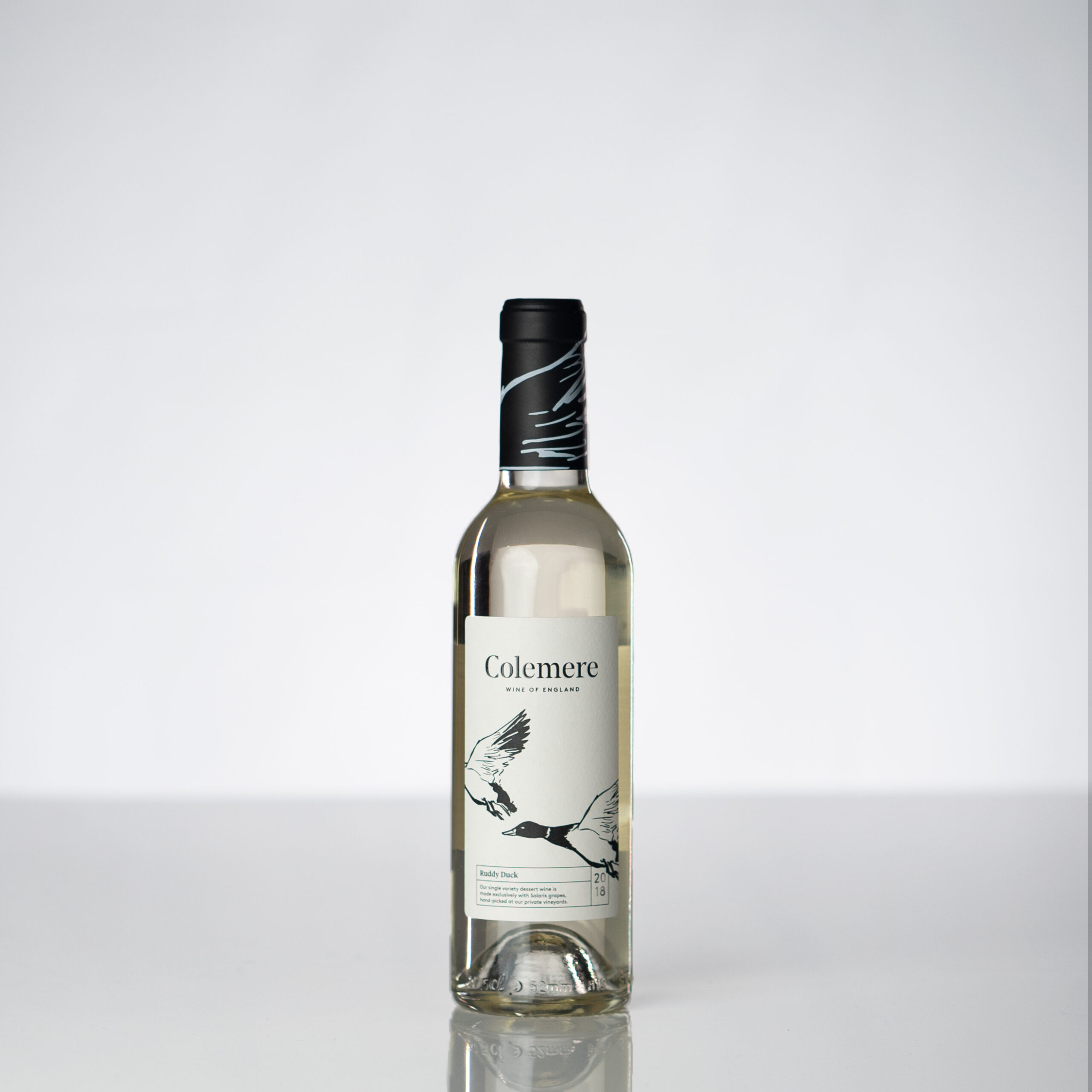Black Friday Arrives at Colemere!
The festive season is fast approaching, and we’re thrilled to kick it off with some very exciting news… Black Friday has arrived at Colemere! To help you prepare for the Christmas celebrations, we’ve reduced the prices of our wines across the website. And that’s not all, we’re also offering an EXTRA 20% OFF at checkout.
Read More


